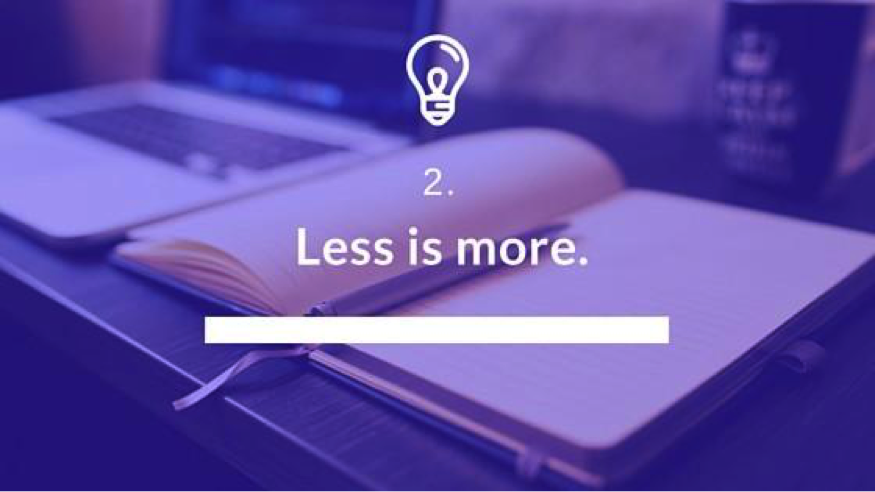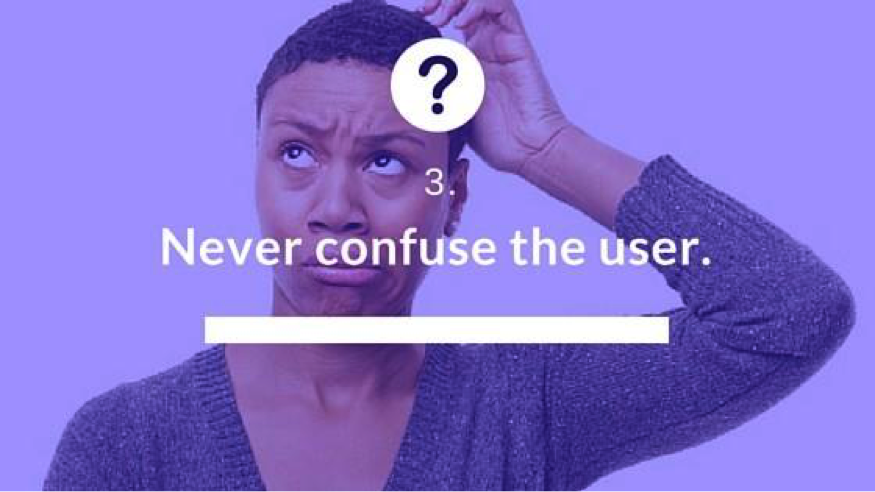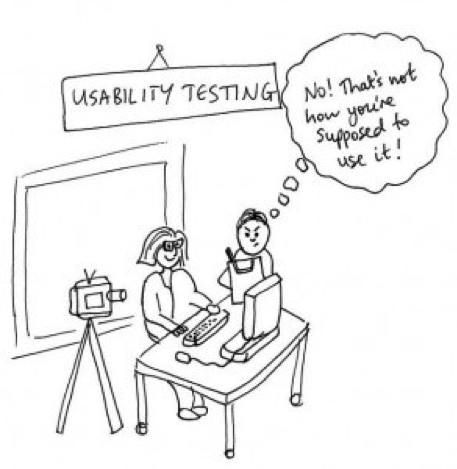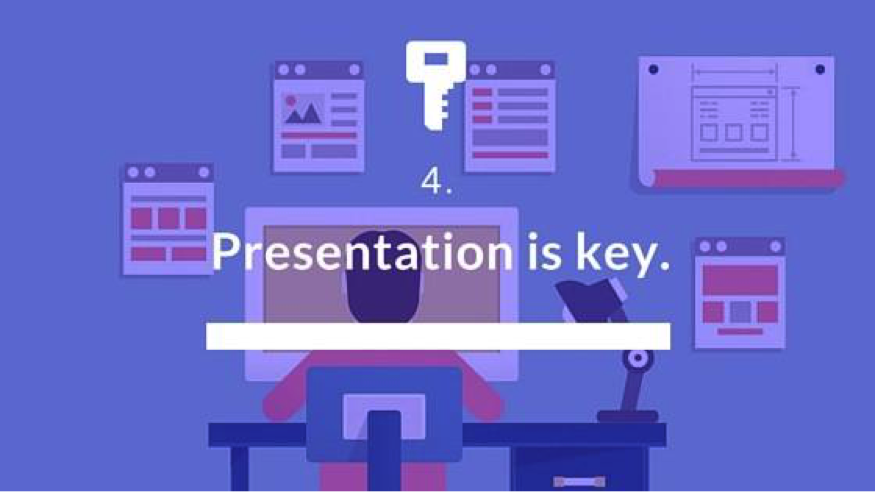The Invisible User Experience
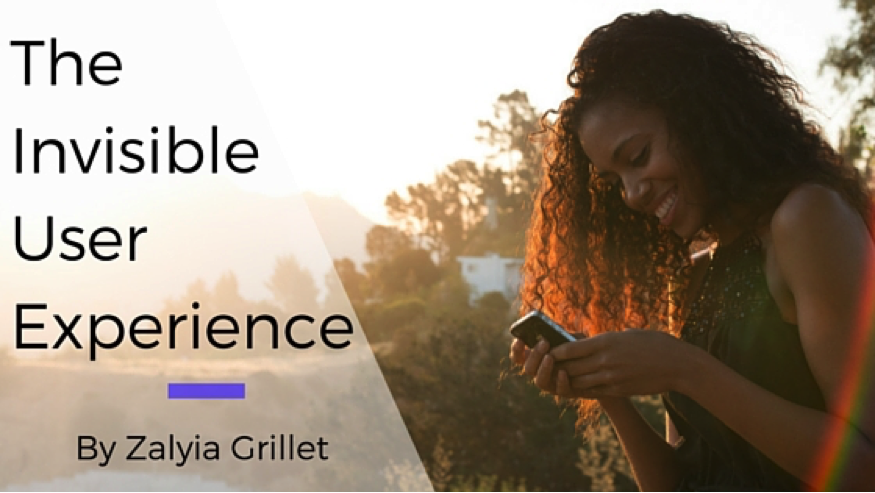
background image: www.huffingtonpost.com
written by Zalyia L. Grillet (@ZGrilletCo)
Let’s talk about the moments in your life where you’ve felt valued. Maybe it was your 16th birthday, or your high school graduation? Or the time you entered the Chipotle line and the server gave you extra guacamole for free? All of these moments have something in common: an experience that you truly valued. Now let’s talk about some of the experiences you have on a daily basis. We all use some form of transportation, and being able to find our destination with signs and maps makes our life simple and easy. Something that has become a part of our daily lives is our smartphones; they have become a major part in creating countless moments–some of value and some not. When a website is not mobile-optimized, you tend to avoid it. But if it is inviting, aesthetically pleasing and responsive to your touch, you are intrigued to keep scrolling. That type of interaction created an experience of value. As a product owner, focusing on “the user experience” should be a part of your process. Whether it is digital or physical, it is essential to how your user will interact with brands, services and each other.
I was once told by my professor that the user’s experience is like a conversation. Your native language flows off of your tongue with ease and there is little effort on your part to get your message across. However, if you are trying to communicate in a language that you are unfamiliar with, you are now in an uncomfortable situation. It becomes quite tiresome to communicate with those who cannot comprehend and decreases the value of the conversation. Your user’s experience should define how easy or pleasing it is to use in its functionality and visibility. In many instances, digitally and physically, the user’s needs are often forgotten and they are left with horrible impressions. Your user will always have an experience but it’s your choice whether it will be bad or good. The job of a User Experience (UX) Designer is to create beautiful yet simple digital experiences for users. They use passion, empathy, creativity and skill to become “the user’s advocate.” Creating this type of experience is never easy. It includes extensive research, design, development and testing but it is always worth it. How can you make sure you are giving your user the best experience? Well, here are five tips that are sure to help you figure it out!
background image: madamnoire.com
One of the best things you can do to create a user’s experience is very simple — get to know your user. Find out who they are. What are their goals, needs, pains and pleasures? Think about the problem and how your product will address it. Will your user see the value of your solution, or is there already a solution out there? A strong piece of advice: Let the data you find be your guide. Your data should be “meaningful” data. Look for the quantitative data, which is the demographics, user preferences, target market and qualitative data, which is the “valuable” data that’s needed. Your qualitative data should be able to tell the habits, behaviors and major/minor details of your user based on surveys, interviews and observations. Take the time to become more knowledgeable about the user as well as your competition. An example of good research is Blavity. Not only do they know their target market but because they do, their content is always well received. They are in tuned with their users, asking questions, reading comments and constantly observing making their research one of the obvious keys to their success.
Simplicity is key in most cases and this also applies to attracting your user. You wouldn’t need a case study to realize that no one likes to read a million words if it could be shrunk down to five. As far as interaction design, being minimal is usually the way to go. Too much on one page usually deters anyone. A great example of this is Apple. Their website is designed to be clean, minimal and precise, yet interactive. You can navigate anywhere without having to read too much or scroll too far.
background image: :www.thefrugalfeminista.com
This requires TWO very big points:
- Today’s users do not like complex; they like easy access. The new demographics expect more from a smartphone; therefore, the value should be recognized within seconds! Do not confuse the user with horrible navigation or redundant information on multiple screens. To avoid this, create a sitemap or use cardsorting to give your content the hierarchy that will work for the user. This is called information architecture.
Example of bad navigation:
- TEST. TEST. TEST. You can find out if there is any confusion by performing usability tests on your user personas. User usability testing is one of the most invaluable tools to creating an invaluable experience.
For example, this is what usually happens during a usability test:
Do you see the point? Let your users do the talking and you do the listening. You usually tend to get more than you bargained for — in a good way, of course.
background image: www.linkedin.com.
Take your time to create your craft. Your first draft is 9 times out of 10 never your last. To help your design process, I suggest taking a iterative approach. What iteration means is to repeat your process based on your previous results. With repeating the previous results, you are able to improve the parts that didn’t work and hone in on the ones that did.
(Iteration Design Process)
The presentation of your design is ultimately judged by the results from the user. You can have excellent ideas, but if you can not convey them with simplicity, and easy-to-use functionality, it is not worth it.
background image: www.gettyimages.com
This is the fun part. Take the time to be the storyteller for your user. Stories have been told since the beginning of time and we have always used them to entertain, communicate and share. Since the internet emerged, stories have not had the same effect and have lost their personal touch due to 140 character limits. When cultivating a great story, you are creating an experience. A good experience is creating something of value. For example, if someone is reading to a child like a robot, that child will either fall asleep or walk away. Now if you read interactively with enthusiasm while mimicking their habits, that child will be captivated by every word. They will probably even ask you to read it again. In doing so, you have attained your goal (an experience of value) for a child by paying attention to their behaviors, needs, pains and pleasures.
Another example of great visual storytelling: Time Wasting At Work Infographic


